What Is Low Carb Sourdough Discard?
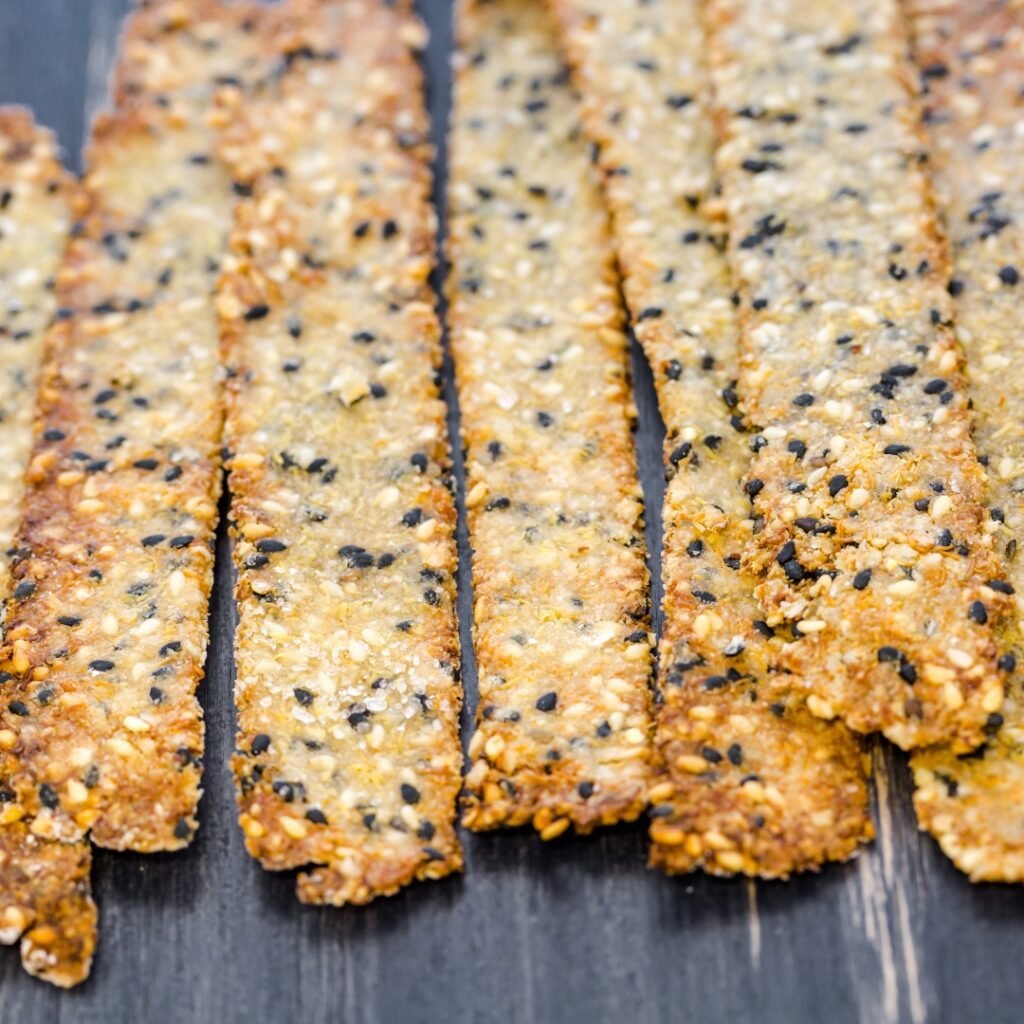
Low carb sourdough discard is a fantastic option if you’re looking to enjoy the benefits of sourdough while keeping your carb intake in check. The powerful health benefits of sourdough bread start with the starter, and that’s where the magic happens. The great thing about low carb sourdough starter is that it opens up a world of possibilities—you can make much more than just bread or baked goods like baguettes and bagels.
Whether you love traditional sourdough and are looking to make a healthier, low carb version, or you’re already living a low carb lifestyle and want to enjoy sourdough without derailing your health goals, low carb sourdough discard is the answer. It’s also a perfect solution for anyone looking to lose a few pounds but still craving the satisfaction of bread. With low carb sourdough discard, you can keep enjoying your favorite flavors while staying on track with your health and weight loss goals
What Is Traditional Sourdough Discard?
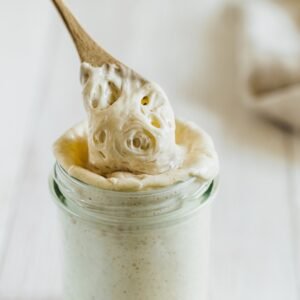
Sourdough discard refers to the portion of sourdough starter that is removed during the regular “feeding” process when maintaining a healthy, active starter. A sourdough starter is essentially a mixture of flour and water that hosts naturally occurring lactic acid bacteria (LAB) and wild yeast. These microorganisms are responsible for fermenting the dough, giving sourdough its distinctive tangy flavor and rise.
When you feed your starter, you add fresh flour and water to encourage the growth of these bacteria and yeasts, and you discard a portion of the starter to keep the mixture at the right volume and maintain a balanced fermentation environment. Without removing some of the starter, it would grow too large and the microorganisms might become overcrowded, which could affect the health of your starter.
The Science Behind Sourdough Fermentation
At the heart of the sourdough fermentation process are two key microorganisms: lactic acid bacteria (LAB) and wild yeast. These cultures work together to break down the sugars in the flour, fermenting the mixture and producing lactic acid, which gives sourdough its characteristic tang, and carbon dioxide, which causes the dough to rise.
- Lactic Acid Bacteria (LAB): These are responsible for the sour taste of sourdough. LAB convert sugars (mainly maltose) in the flour into lactic acid, which lowers the pH of the dough, creating a mildly acidic environment that is ideal for the growth of beneficial microbes.
- Wild Yeast: This is the microorganism responsible for the leavening or rising action in sourdough. It ferments the sugars in the flour and produces carbon dioxide, which causes the dough to expand.
Over time, the starter becomes stronger as the microorganisms grow and multiply, but they need fresh flour to continue thriving. This is where the discard comes in.
Why Discarding Part of the Starter?

Removing a portion of the starter during feedings is necessary to prevent the buildup of too much starter, which could become too acidic or over-fermented. Additionally, discarding some starter helps refresh the mix, providing room for new yeast and bacteria to grow and ensuring the starter remains active and healthy.
The Challenge of Traditional Sourdough Discard for Low Carb Dieters
For those following a low carb or ketogenic diet, the challenge with traditional sourdough discard is that it’s made with high-carb ingredients like wheat or buckwheat flour.
The solution? Low carb sourdough discard! By using low carb ingredients in your sourdough starter, you can maintain the fermentation process with the same beneficial lactic acid bacteria and wild yeast, but without the high carbohydrate content. This allows you to use your discard in a way that fits seamlessly into a low-carb lifestyle, giving you the same delicious, tangy flavor without the carb load.
How Do You Make Low Carb Sourdough Discard?
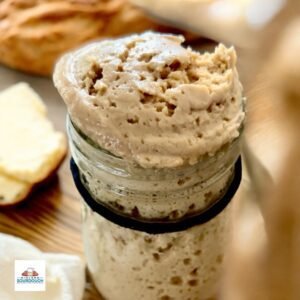
Making low carb sourdough discard is almost identical to making a traditional sourdough starter. The process involves combining a low carb dehydrated starter with low carb ingredients to create an environment where wild yeast and bacteria can naturally ferment.
You’ll feed your starter regularly with these low carb ingredients to keep the fermentation process going. Over time, the wild yeast and bacteria will develop the signature tang and rise, just like with a traditional starter. The discard you accumulate through the process can be used in many low-carb recipes.
By substituting in low carb ingredients and following the same feeding routine, you can enjoy the benefits of sourdough without the carbs.
Why Should You Save Sourdough Discard for Low Carb Baking?
Saving and using low carb sourdough starter discard offers several advantages, especially for those who want to maintain their low carb lifestyle while still enjoying the unique flavor and texture of sourdough-based foods. Here’s why you should think twice before tossing your excess starter:
1. Reduce Food Waste
By reusing your low carb sourdough discard, you’re contributing to sustainability. Instead of discarding a portion of your sourdough starter, use it in your recipes to maximize your ingredients.
2. Unlock New Baking Possibilities
Low carb sourdough starter waste can be transformed into delicious, healthy low carb versions of bread, pancakes, crackers, and more. The acidity from the starter also gives these recipes a subtle tang, similar to traditional sourdough.
3. Add Flavor and Texture
The low carb sourdough culture leftovers retain the distinctive sour tang, which enhances the flavor of whatever you’re making. Whether you’re baking or cooking, the unique fermentation process adds complexity to the dishes.
What Other Recipes Can You Make with Low Carb Sourdough Discard?
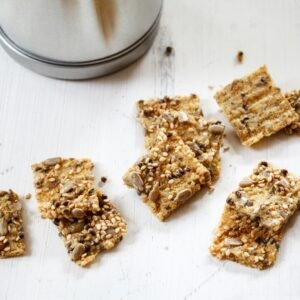
You might be surprised by the variety of recipes that use low carb sourdough discard. These recipes typically require just a few additional ingredients, such as eggs, almond flour, or baking powder. Below are some popular ideas for how to incorporate sourdough discard into your low carb diet.
1. Low Carb Sourdough Banana Bread
If you’re craving bread, low carb sourdough banana bread made with your starter’s excess is a great alternative. The tangy, chewy texture is similar to traditional sourdough but with significantly fewer carbs and lots of banana flavor.
2. Low Carb Sourdough Pancakes
Sourdough discard can be the secret to light, fluffy pancakes with a subtle sour flavor. Just mix your starter with eggs, a little baking powder, and your favorite low carb flour for a breakfast treat.
3. Low Carb Sourdough Crackers
Making crackers from sourdough discard is one of the simplest and most satisfying ways to use your starter remnants. Just mix the discard with cheese, herbs, and your choice of low-carb flour, then bake until perfectly crisp. The beauty of sourdough discard crackers is their versatility—you can create everything from savory crackers with rosemary and garlic to sweet ones with cinnamon and a touch of sweetener. Crackers are also the perfect companion for a variety of low-carb dips, making them a great snack option. Personally, I love bringing these crackers to the movies as a healthier alternative to popcorn. I can still indulge in a crunchy, satisfying snack without the carb overload, and it keeps me munching throughout the film!
4. Low Carb Sourdough Muffins
Muffins made from sourdough excess starter can have a delicious tang while still fitting within your low carb requirements. Add in some low-carb sweeteners and your favorite spices, and you have a quick snack or breakfast option.
5. Low Carb Pizza Crust
A low carb pizza crust made from sourdough discard is a fantastic way to enjoy pizza without the extra carbs. Combine the starter with almond flour, egg, and seasonings for a base that holds up well with your favorite toppings.
Can You Use Low Carb Sourdough Discard in Savory Dishes?
Absolutely! Low carb sourdough starter waste isn’t just for baked goods. You can incorporate it into savory dishes, adding a touch of acidity and flavor.
1. Sourdough Discard as a Base for Sauces
Try adding your low carb sourdough discard to sauces and soups for a unique tang. This works particularly well in creamy sauces, where the acidity of the starter can help balance rich flavors. You can use the discard in sauces that are complemented by this tanginess, such as with fish. The discard is often chunky. So be sure to add the discard to a blender to turn it into a smooth pancake like batter texture to add to the sauce.
2. Sourdough Discard in Meatballs or Meatloaf
The low carb sourdough discard can be mixed with ground meat to bind the ingredients together, creating a soft, flavorful base for meatballs or meatloaf. The tanginess of the discard blends in nicely with the natural tanginess of the tomato sauce you add to the meatloaf.
3. Low Carb Sourdough Tortillas
Turn your low carb sourdough starter remnants into tortillas. Blend the discard in a blender to make give it a smooth pancake like texture and then combine it with melted cheese. The discard tanginess compliments the saltiness of cheese. Drizzle over your low carb wraps or tacos. You can also use the discard in the flour mix to make low carb wraps or tacos.
How Do You Store Low Carb Sourdough Discard?
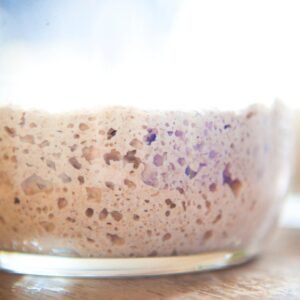
If you’re not ready to use your low carb sourdough discard immediately, it’s essential to store it properly to keep it fresh for future use.
1. Refrigeration
The best way to store your low carb sourdough excess starter is in the fridge. It will keep for up to a week. Just be sure to bring it to room temperature and stir it before use.
2. Freezing
You can also freeze sourdough discard for long-term storage. Divide it into portions and store them in airtight containers or freezer bags. When you’re ready to use it, simply thaw, bring to room temperature, and stir before incorporating it into your recipe.
3. Drying
Drying your discard is another excellent option. Spread the starter on a baking sheet, let it air dry, and then store it in an airtight container. When ready to use, rehydrate it with your low carb ingredient combination to bring it back to life.
Can I Make My Low Carb Sourdough Starter from Scratch?
If you’re new to the world of low-carb sourdough, you might be wondering if it’s easy to create your own starter from scratch. The good news is, yes, you absolutely can! Making a low-carb sourdough starter is entirely possible, and it can be a fun and rewarding process. However, it does require the right guidance and a bit of patience. That’s where Sinless Sourdough comes in to help.
After signing up you’ll receive your dehydrated starter in the mail. On the website you’ll have all the guidance you need to get starter both from the video training as well as support from your community. Whether you’re new to baking or an experienced home baker looking to transition to a low-carb lifestyle, we provide the resources, tips, and troubleshooting advice to ensure your starter thrives.
Once you’ve got your starter going, you can continue to enjoy all the amazing health benefits of sourdough, such as improved digestion, gut health, and blood sugar regulation—without the carb overload. From here, you can start baking delicious, low-carb sourdough breads, bagels, pretzels, baguettes, crackers, pizza crusts, and much more, all while keeping your carb count in check.
By joining Sinless Sourdough, you’re not just getting a starter—you’re joining a supportive community of like-minded individuals who are all on the same journey to healthier, low-carb living. With our expert guidance and the power of fermentation, you’ll be baking with a living starter that nourishes both your body and your taste buds, all without the carbs.
FYI: SOURDOUGH MEDICAL STUDIES AND REVIEWS:
Here they are:
- Does Sourdough Bread Provide Clinically Relevant Health Benefits?: Link: https://pmc.ncbi.nlm.nih.gov/articles/PMC10399781/
- The Sourdough Microbiome : Link: https://asm.org/articles/2020/june/the-sourdough-microbiome
- Sourdough Microbiome Comparison and Benefits: Link: https://pmc.ncbi.nlm.nih.gov/articles/PMC8306212/
- Nutritional Benefits of Sourdough; Systematic Review : Link: https://pubmed.ncbi.nlm.nih.gov/36811591/
- Use of sourdough in low FODMAP baking : Link: https://pubmed.ncbi.nlm.nih.gov/29932101/
Disclaimer:
All information provided on this website regarding the health benefits of sourdough low carb bread is intended for educational purposes only. The content presented is not meant to be taken as specific medical advice for any individual. It should not be considered a replacement for professional medical guidance or treatment. If you have any health concerns, especially related to diabetes, pre-diabetes, or any other medical condition, please consult with a healthcare professional immediately.
🔥 UNLOCK MORE RECIPES STARTER + MEMBERSHIP – Only $99 CAD! 🔥
Get a second starter with your membership – the exclusive membership recipes use 2 different low-carb feedings to bake the 3 different styles of breads and baked goods (weight loss, low-carb lifestyle maintenance, fast and easy discard recipes) that will transform your baking game beyond what your current starter can achieve!
💰 PRICING: Regular Price: $198 CAD Today Only: $99 CAD (Only $99 CAD!)
SINLESSSOURDOUGH.COM
Click the Starter + Membership Box
Your Discounted Membership Includes:
🥖 1849 San Francisco Gold Rush Dehydrated Starter: Scientifically validated starter shipped free to your door!
📦 FREE Shipping: Your starter ships to you at no extra cost
🎥 25+ Instructional Video Trainings: Master Keto & Low-Carb Sourdough Baking with comprehensive video lessons
📚 3 E-Sinless Sourdough Cookbooks: Easy-to-follow sourdough recipes for your low-carb lifestyle
📖 3 E-Keto Low-Carb Cookbooks: Delicious low-carb recipes to complement your baking
🗓️ E-28-Day Keto Kickstarter Journal & Planner: Stay on track with your low-carb journey
📝 Keto Low-Carb E-Cheat Sheets & Quick Guides: Shortcuts for perfect baking every time
🍞 Training for 3 Styles of Keto & Low-Carb Sourdough: Learn recipes for weight loss, lifestyle maintenance, and easy discard recipes
💬 Exclusive Community Access: Share tips, ask questions, and get expert support from fellow bakers
🚀 DON’T MISS OUT – GRAB IT FOR Only $99 CAD NOW! 🚀
Transform Your Baking Today:
- Visit sinlesssourdough.com™
- Click “Starter + Membership”
- Proceed to the purchase page
- Enter code: SINLESS50
- Complete checkout and START BAKING guilt-free sourdough immediately!
SINLESSSOURDOUGH.COM
Click the Starter + Membership Box
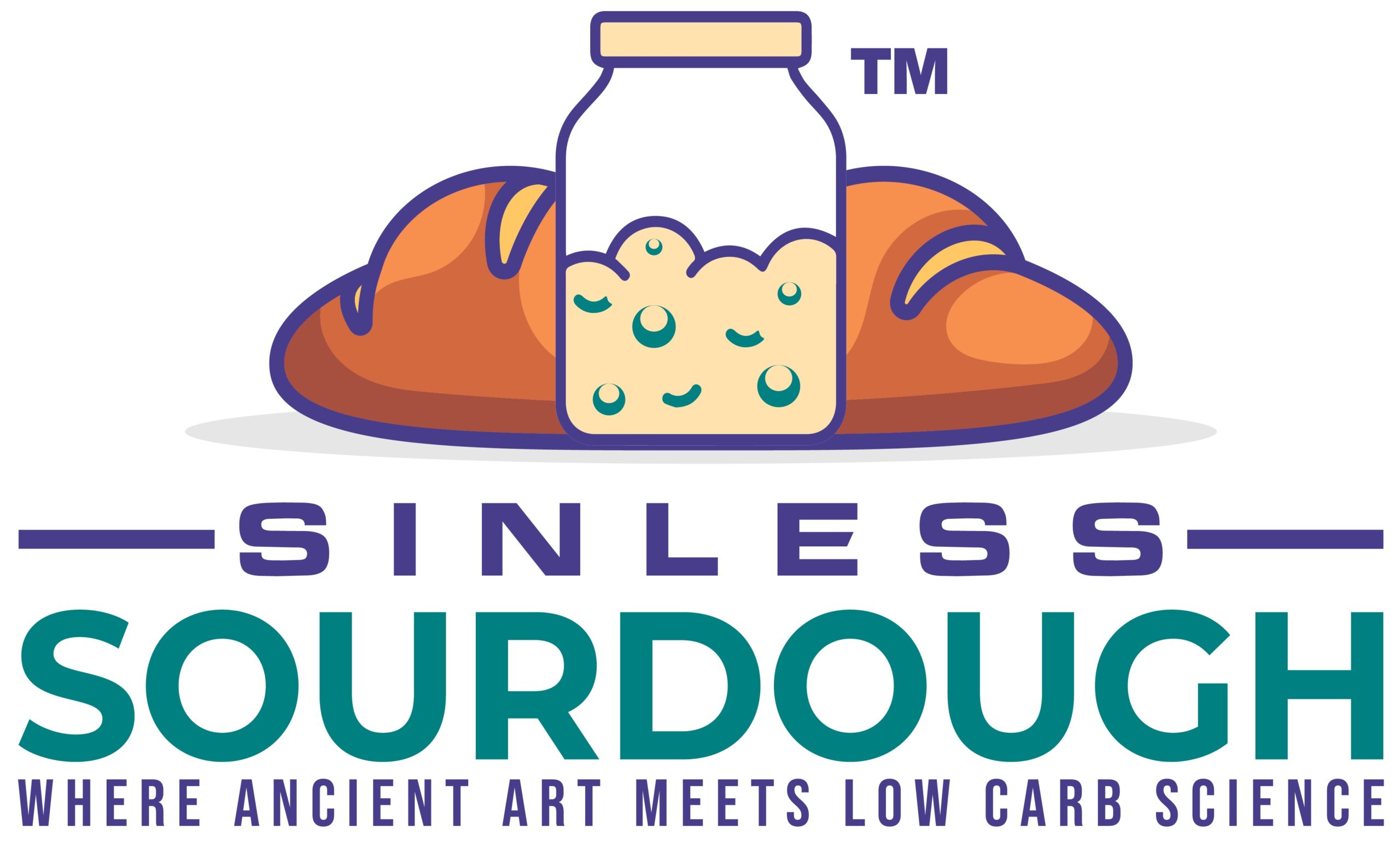




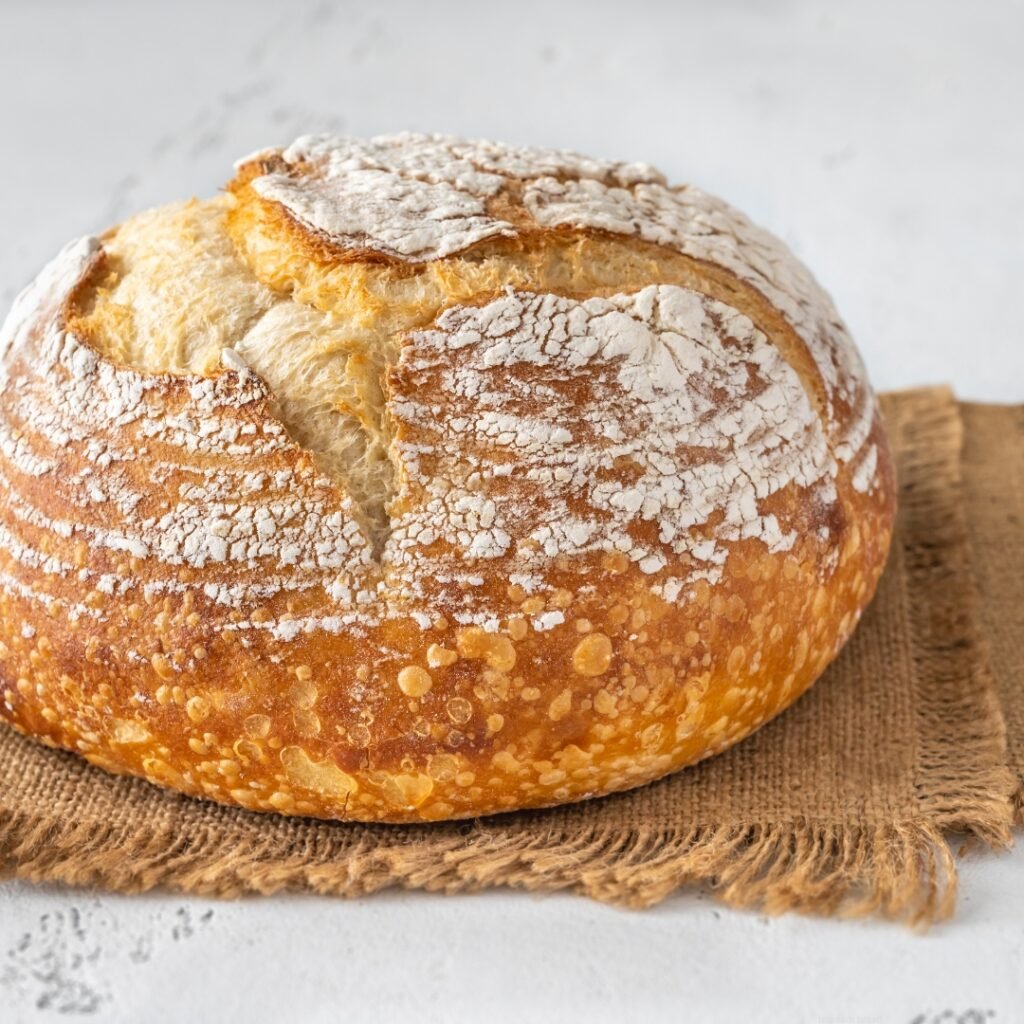
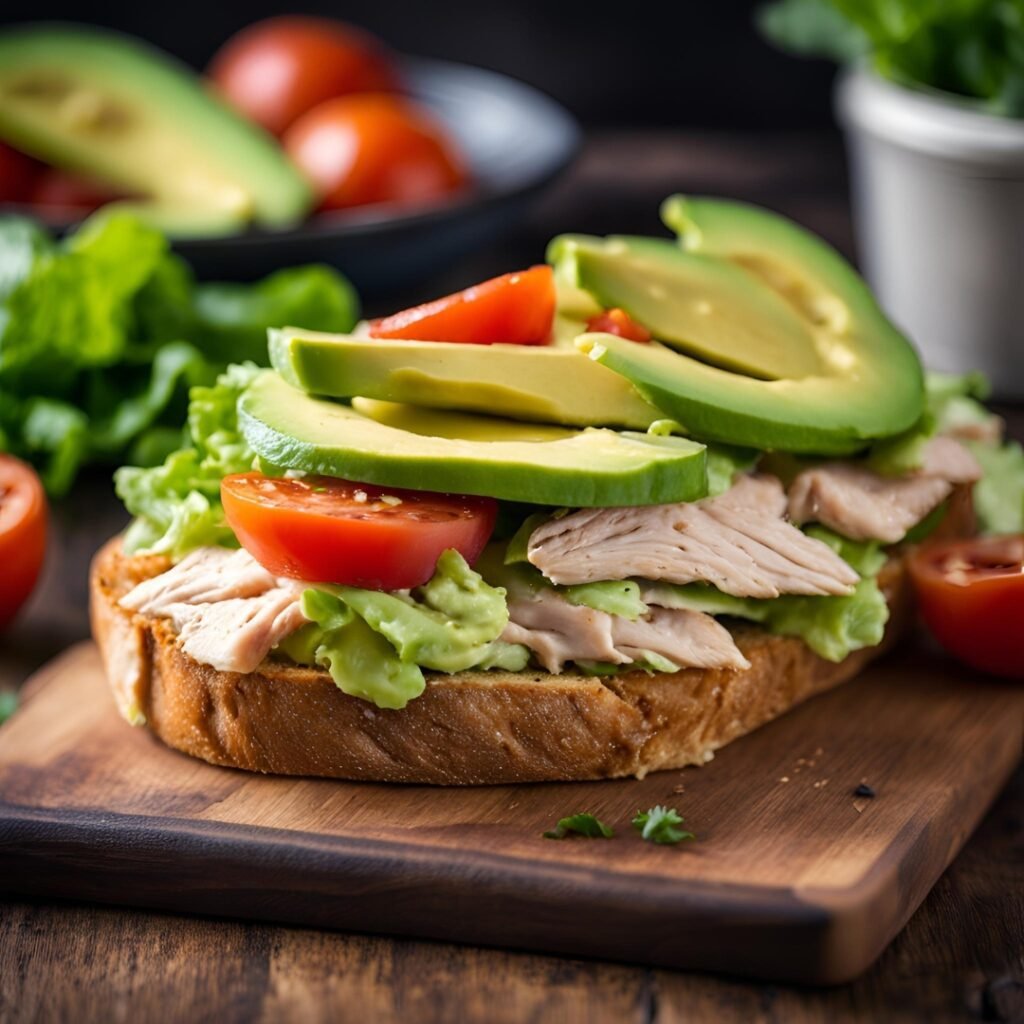
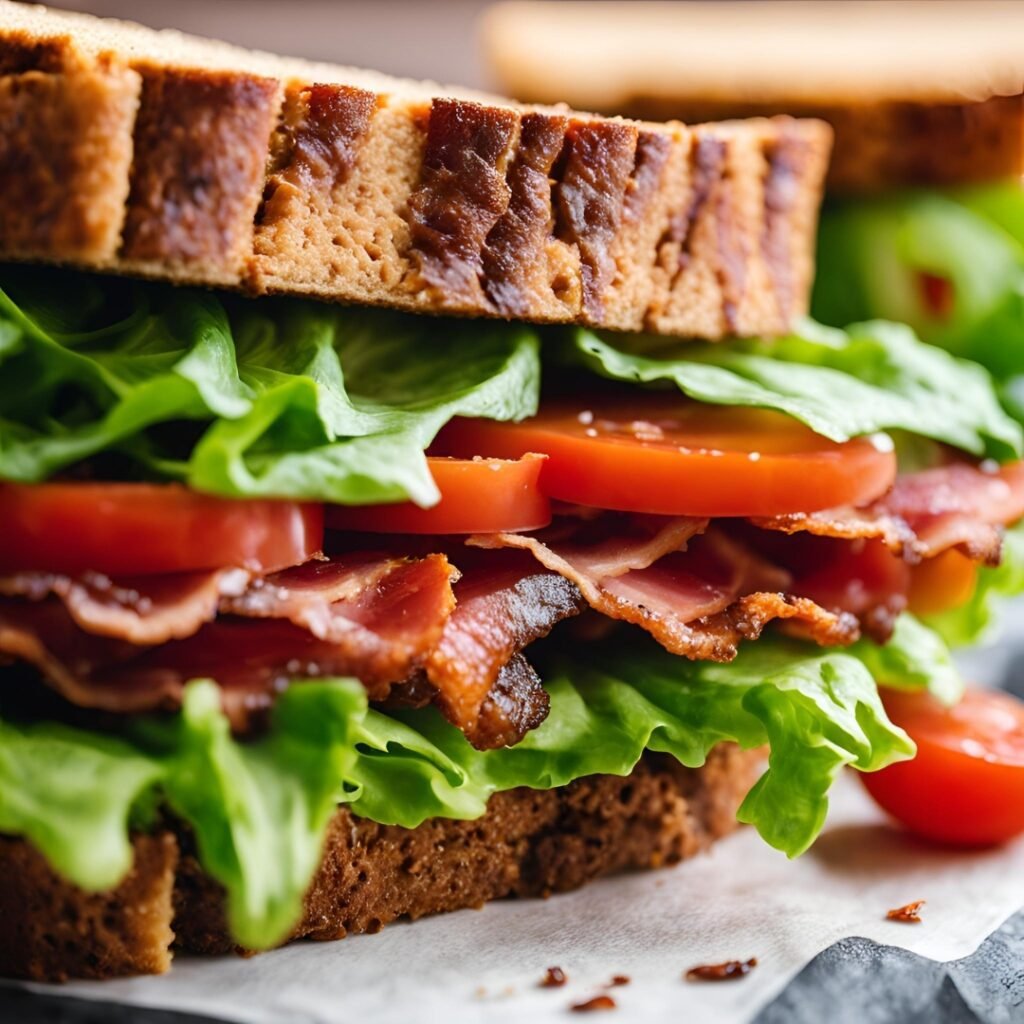
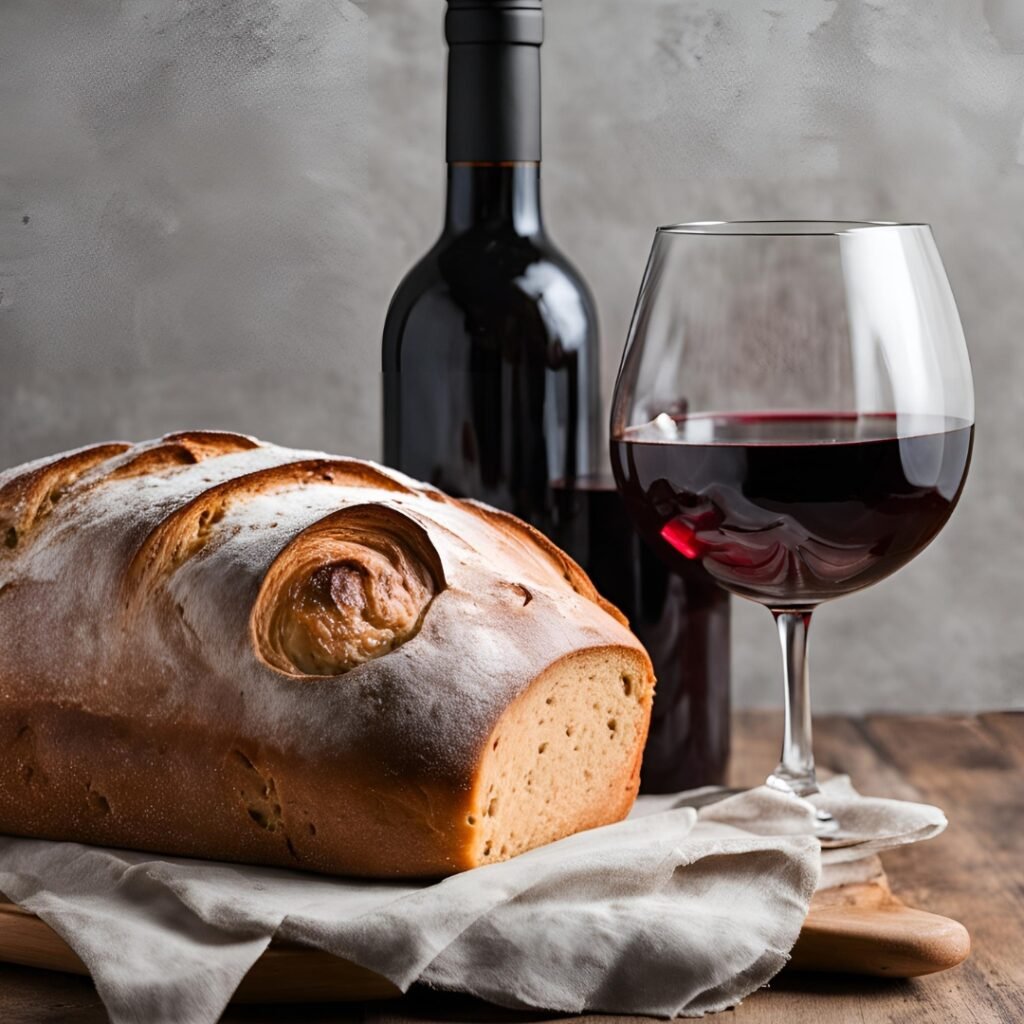
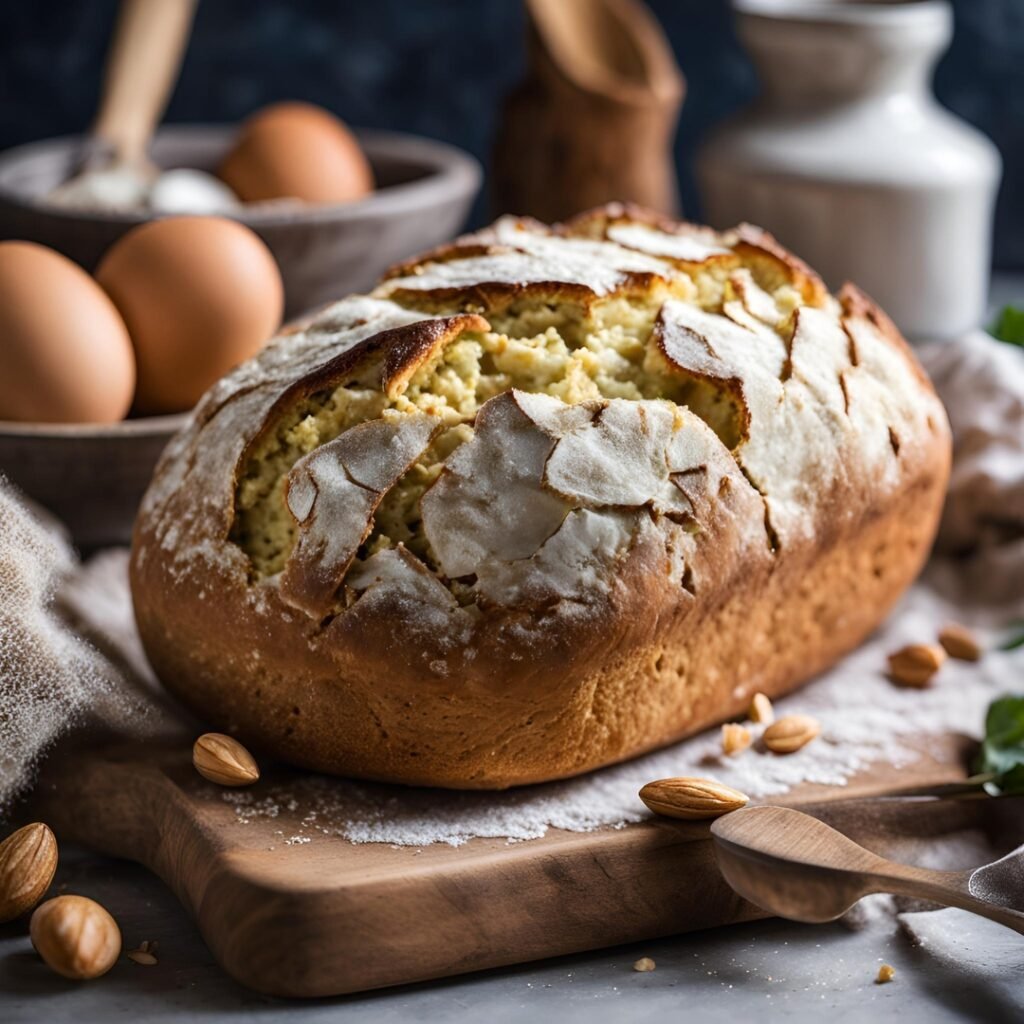

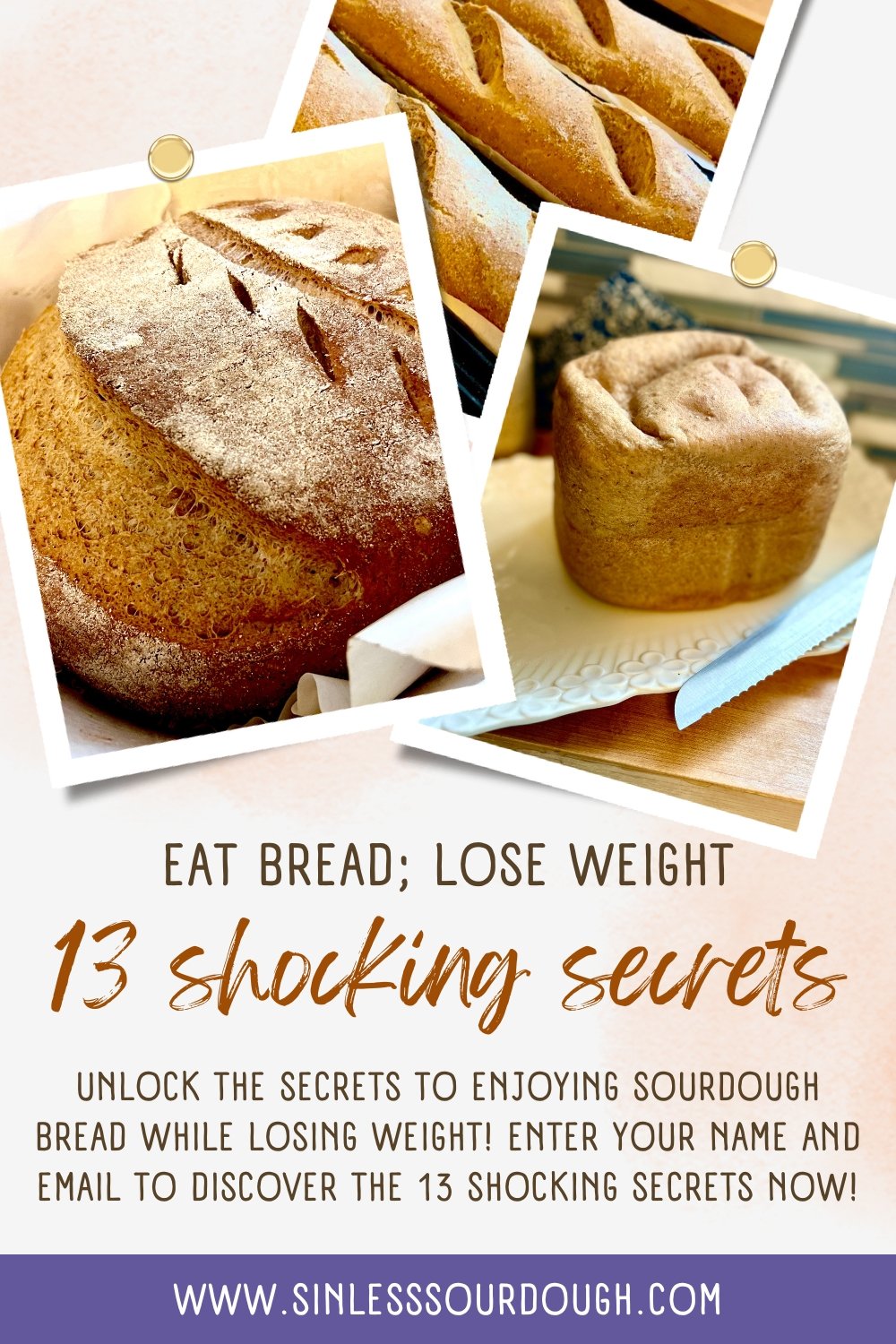
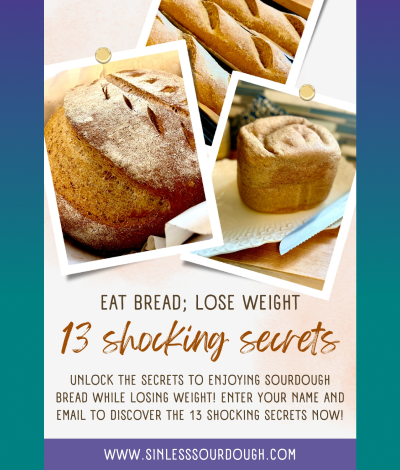
Responses